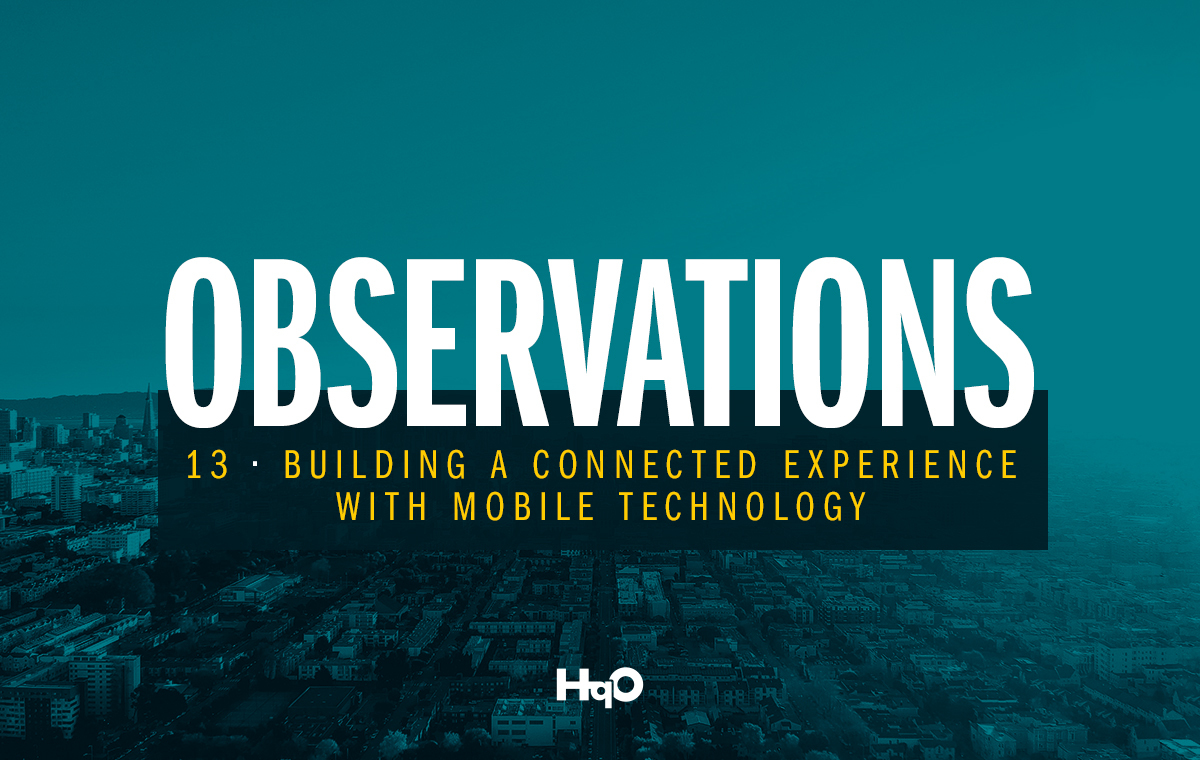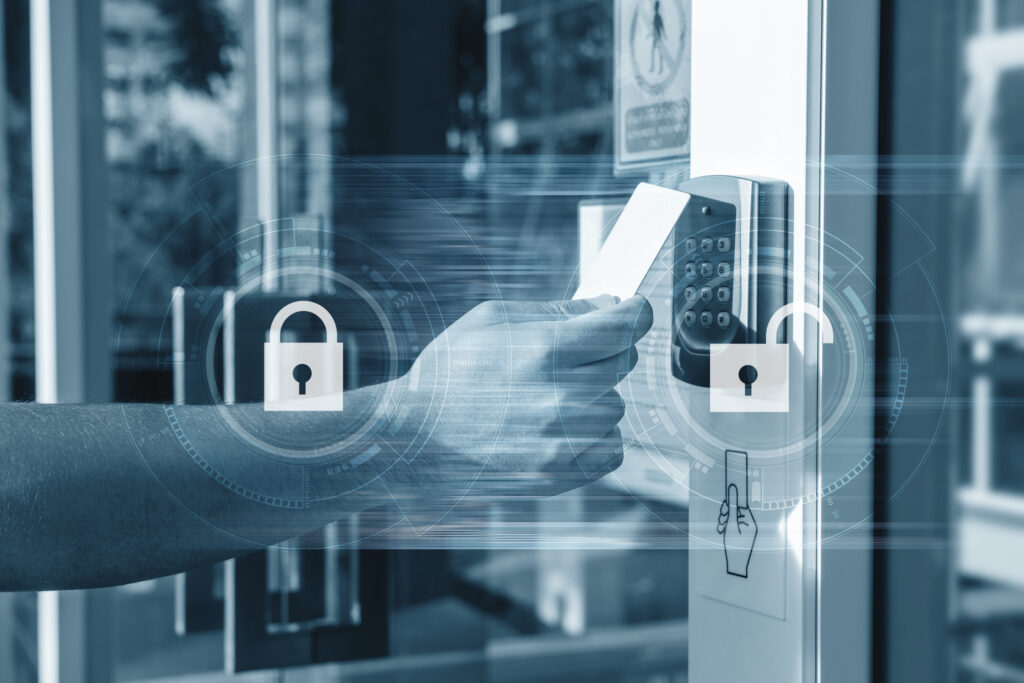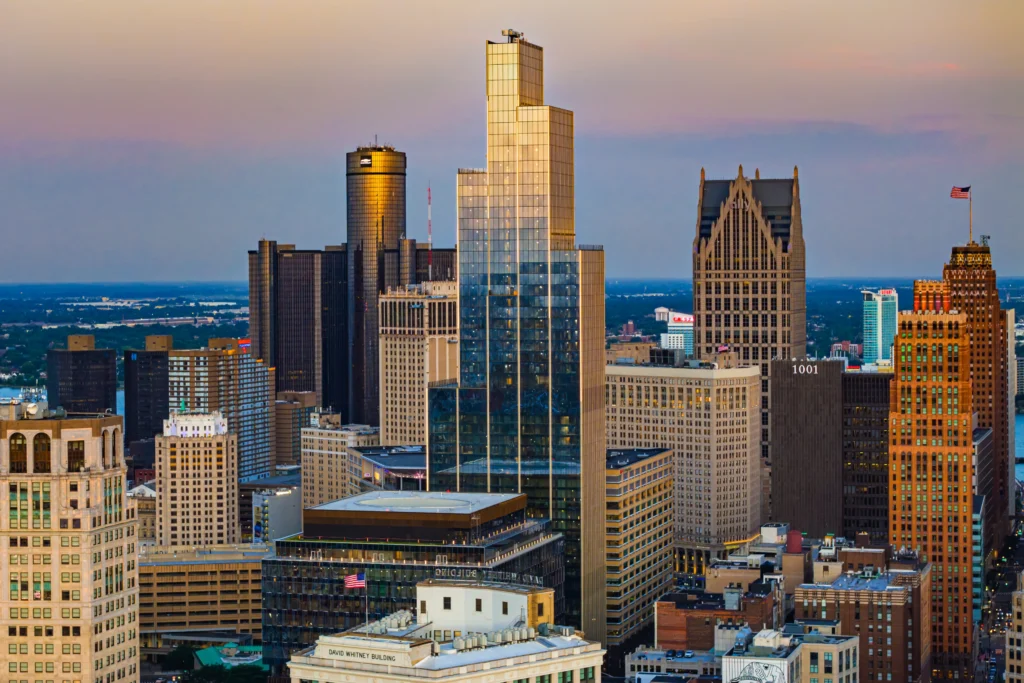“Read this one, mama,” my three-year-old daughter said, as she handed me her favorite bedtime book: What Do People Do All Day, by Richard Scarry. The book, which has been a classic since I was a child, is an illustration of a fictional town’s animal citizens at work. Through the use of detailed diagrams, it describes the occupations, processes, and equipment that the animals use to perform their jobs.
Published in 1968, the book features old-fashioned occupations, dated gender roles, and elementary technology, which make it seem ancient by today’s standards. And as we thumb through the pages of the book, my daughter and I talk about how many things used to work and how they have changed — a dialogue that is important to me as a woman in tech.
In the early 2000s, I started my career in business as a Program Manager at a mobile marketing technology startup. This was before smartphones and text messaging had reached their tipping point in America, and consumers weren’t using their cell phones for much more than phone calls (the Motorola Razr was still the hottest device on the market at the time). There were early signals from Europe and Asia that mobile technology could transform the way people connect with each other as well as the brands they love, but there wasn’t a roadmap that explained how to do it.
Insights From the Early Days of Mobile Technology
At that time, my team was forging a path where SMS, MMS, Video, and WAP (yes, I said WAP) were used to deliver engaging experiences through mobile channels. At the time, mobile was treated as a standalone channel that was disjointed from the core brand experience. Considered nothing more than a strategic test, the norm was for brands to string together one-off campaigns which were typically designed and measured by special project teams with a skillset that skewed towards tech.
Market leaders, however, were quick to adopt mobile as an extension of their existing marketing strategy and use its unique capabilities — accessibility, location, responsiveness, voice, video, and more — to facilitate new opportunities for consumer engagement. This pivot was not without its challenges (privacy, regulations, operating systems, walled gardens, etc) but the trend was clear: the mobile revolution was already underway, and we could tell that it was going to completely change the way that people connect.
Fast forward to today. The influence of mobile technology on all industries is significant and its transformations have been rapid. Since I began working at HqO and focusing on workplace experience, I’ve watched how mobile devices have become companions to the on-site (and remote) aspects of work. The mobile revolution is still ongoing and thriving, facilitating a more interactive workplace for companies and employers everywhere in an increasingly hybrid world.
If you’re reading this, you’re most likely a landlord or employer asking yourself what this all means, and how it applies to you. So, let’s talk about it.
Workplace Experience and Mobile
When they first become aware of our product, corporate employers sometimes assume that the implementation of a workplace experience app could require a serious pivot in their overall experience strategies, but I’ve seen first-hand that that’s really not the case.
In fact, what I’ve learned from working with our customers is that a workplace experience app truly allows employers to extend and enhance their existing experience strategies without disrupting their corporate cultures.
With our product, for example, the open-ended feedback and communication function allows employers to customize and tailor how they interact with their employees. This means that our customers have the power to communicate more effectively with their employees, and it also means that they’re able to do so in a way that matches their existing operating cadence. This same logic extends to the other functionalities of our product, which enables employers to optimize their spending on workplace experience, while also increasing productivity and attracting and retaining top talent.
However, as we coached in the early days of mobile, it’s important to remember that technology is a means to an end, and needs to be integrated seamlessly into everyday life in order to be effective. In his 1991 article, “The Computer for the Twenty-First Century,” Mark Weiser described the term ubiquitous computing as a “world in which humans and computers were seamlessly united.” The article opens with a prophetic line: “The most profound technologies are those that disappear. They weave themselves into the fabric of everyday life until they are indistinguishable from it.”
Connected Experiences: the Intersection Between Programs and Technology
In the workplace, technology no doubt plays an important role in the future direction of employee experience, but the most successful workplace experience strategies are those that seamlessly combine art and science. The two go hand-in-hand as a connected experience where technology, programming, measurement, and human creativity converge.
The art of programming: the art of any experience strategy begins with programming. By reorganizing office programming to appeal directly to the needs of their workers, employers and workplace experience managers boost employee satisfaction and create deeper connections in the workplace. On a practical level, this can mean:
- Expanding event offerings
- Optimizing programming content to appeal directly to employees
- Supplementing event offerings with other perks (like in-office fitness classes, deals at local retailers, and so on).
The science of workplace technology: the “science” side of the equation, meanwhile, has to do with the technology that facilitates workplace experience. This includes all of the software, hardware, and non-digital technology (think: water cooler!) that defines the experience of being at work.
At the intersection, a connected experience: at HqO, we believe that a connected experience emerges at the intersection of these two points (that is: at the intersection of the art of programming and the science of workplace technology). With the pandemic and the slow return to the office, we’re seeing a lot of companies start to understand the importance of engineering that experience, and we take a lot of pride in making that happen for our clients.
Engineering a Connected Experience
Connected experiences may take the form of a hardware interaction like mobile access, where employees can conveniently access rooms, suites, elevators, and more with the swipe of a smartphone. As someone who would historically forget my key card walking from floor to floor, this is a game-changer! In fact, I once got stuck in a stairwell without my visitor badge as I was visiting our office headquarters in Finland – I don’t recommend it.
Alternatively, HqO’s mobile app is also a great way to promote events, services, and local happenings that enhance the day-to-day work experience. For example, HqO’s Experience Management team helps our customers bring pop-up beauty and wellness experiences onsite – fitness classes, massages, facials – these experiences are integrated through the workplace app and provide tenants and employees with seamless ability to reserve appointments, add to their calendar, receive reminders, sign waivers, send payment, and more. After the service, attendees are invited to take a triggered micro-survey from their phones. Sentiment and feedback from the survey, along with registration and conversion data, help inform which events, services, and amenities are the most impactful to support the evolving needs of the workforce.
Such insights are critical in guiding the workplace experience strategy and engaging employees. In fact, in my role at HqO, clients often ask me: “what drives engagement?” And much to the dismay of the questioner, the answer I give them is, “it depends.” It depends on the people, the company culture, the space, the location, the season, the integrated technology, etc. There are so many factors and no single workplace is exactly the same. And much like the early days of mobile, the workplace is quickly evolving. Experience Managers play an important role in using data-driven insights and contextual understanding of their specific workforce to shape the future direction of the workplace. Those who understand that technology exists to serve the needs of the workplace and nurture it as a means to an end are positioned to make the greatest impact. Over time, I’ve come to realize that the best workplace experiences are those that are engineered with a shrewd combination of data, technology, and the creativity of the human. When we’re able to harness all of these factors effectively, the possibilities are endless.
Looking to the Future
As I look back on the early stages of my career, I’m amazed by how quickly mobile technology went from an optimistic vision to an omnipresent part of our lives. Technology, along with human adoption of it, is evolving even more quickly now. Innovation continues to transform how humans connect with each other and the spaces around us – personally and professionally. And if ever I need reminding of this, I just look to my daughter as we read her favorite book: “Some workers work indoors and some work outdoors,” it says. “Some work up in the sky and some work underground. Some workers always do their work at the same place. Others travel from place to place to do their jobs. What does your daddy do? What does your mommy do? And what do YOU do?”
Today, these words have new meaning for me. I have a front-row seat into the future of the workplace, and I’m proud to say that I’ve had a hand shaping it. I hope my daughter discovers a revolutionized work experience that inspires her to do her best work and be the best version of herself. And as we progress towards closing the gender gap in tech, may she be inspired to think big, innovate, and drive the next revolution herself (if she so chooses). After all, anything is possible.



